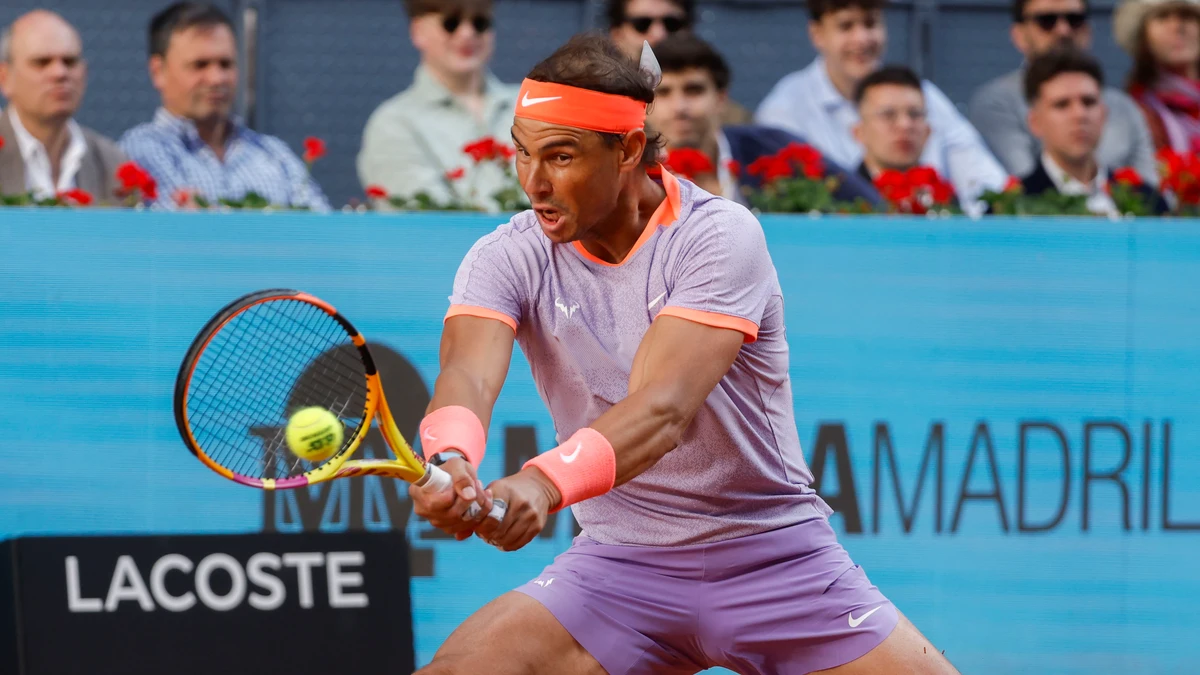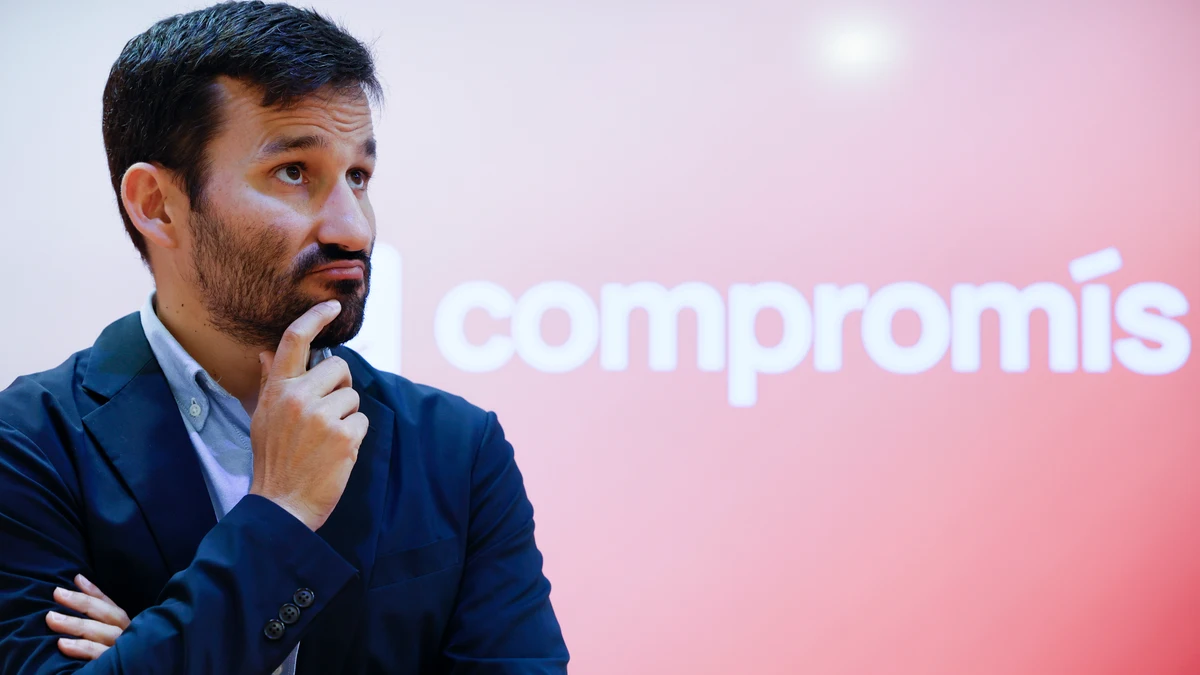The Romanian Pavilion at the International Art Exhibition – La Biennale di Venezia 2024, set to open on April 20, will showcase an exhibition by Romanian artist Șerban Savu centered around the history and relationship of work and leisure. Curated by Ciprian Mureșan, the exhibition will be on show in both the Giardini della Biennale and at The New Gallery of the Romanian Institute of Culture and Humanistic Research in Venice.
Șerban Savu’s exhibition What Work Is “intricately weaves the complex iconography of work and leisure, drawing inspiration from historical realism, its ideology, and propaganda art of the Eastern Bloc,” the organizers explained. “Instead of challenging or deconstructing these discourses, Savu rearranges the themes of revolutionary spirit and cohesion among workers. His aim is to capture and portray moments of pause and inactivity as reflections of broader societal changes or crises.”
Inside the Romanian Pavilion, arranged in a vast polyptych consisting of about forty paintings – a cross-section of Savu’s work over the last fifteen years – are populated by disorientated protagonists and lethargic extras, all caught in the lull between work and rest. Across from the polyptych, a large bench incorporates plinths displaying four architectural models adorned with mosaics.
“These mosaics deviate from the usual themes found in religious settings or the labor-focused narratives typical of Socialist mosaic art. Instead of portraying grand achievements or symbolic representations, the mosaics convey bathos, ambiguity, calmness, and confusion. The paintings and models create a space that raises questions about work and challenges its negative definitions: what work is not, what it does not look like, and what it does not mean,” the same source said.
Brussels-based graphic design studio Atelier Brenda (Sophie Keij and Nana Esi) was invited to respond to Savu’s project, offering a site-specific intervention on the façade and in the lobby of the Romanian Pavilion. And according to the organizers, “their large-scale design messaging will be a study in non-ideological propaganda, like the advertising for a social factory: a production facility for a new kind of subjectivity.”
Complementing the presentation in the Romanian Pavilion, Șerban Savu will transform The New Gallery of the Romanian Institute of Culture and Humanistic Research in Venice into a mosaic workshop. The New Gallery thus becomes “a space for production carrying on the manufacturing tradition while the Giardini Pavilion functions as a space for reflection and meditation.”
“Addressing the general theme of the 60th International Art Exhibition – La Biennale di Venezia, “Foreigners Everywhere,” the sense of disorientation in a political or economic limbo, which is the signature of many paintings by Șerban Savu, is a reflection on the displacement and homesickness associated with migratory work – the disconnection between labor and belonging. The narrative of gaining employment elsewhere and the blissful return to one’s roots can often result in estrangement and double alienation: becoming foreign to themselves. The characters depicted in Savu’s What Work Is are caught in a temporal no-man’s-land between two worlds pivoting away from one another,” the press release also reads.
The New Gallery will also host a public program of talks on topics ranging from the histories of mosaics to theories of work in contemporary anthropology, economy, and philosophy, on ecology and the post-work.
The exhibition will be complemented by the publication at the end of the Biennale Arte 2024 of a book edited by Mihnea Mircan that will bring together a series of critical texts relevant to the themes raised by the works presented in Venice and illustrate it.
irina.marica@romania-insider.com
(Photo source: the organizers)





